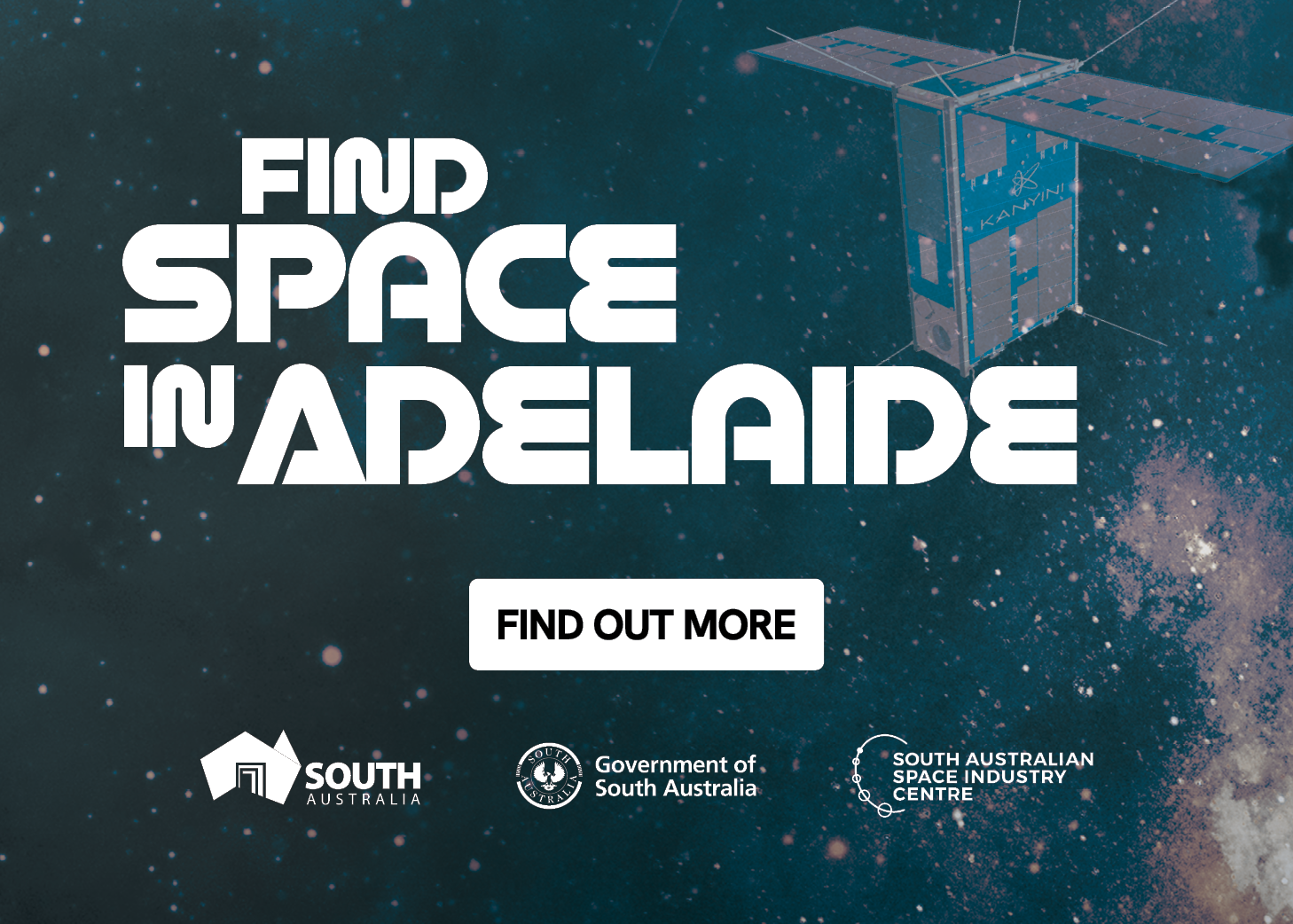The Carnarvon Space and Technology Museum, Western Australia celebrates the little-known history of the role Carnarvon played in the manned space program and in the Australian communications industry.
The museum focusses on two parts. The Carnarvon Tracking Station and the Overseas Telecommunication (OTC) Satellite Earth Station, for which each station played separate roles in the early space industry.
The Carnarvon Tracking Station was located 10 kms south from Carnarvon. The station was built to support NASA’s Gemini, Apollo and Skylab programs. It was commissioned in 1964 and operated for 11 years.
It was the last station to communicate with the space capsules leaving the earth orbit, and the last to make contact before splashdown in the Pacific Ocean. At the height of the operation it had a staff of 220 people.
The OTC Satellite Earth Station (and now museum site) is situated at the northern end of Browns Range, about 6 kms from the centre of Carnarvon, and 4 kms north of the Tracking Station.
The OTC Satellite Earth Station was opened in1966, initially with the 12.8-metre-wide Casshorn antenna as part of the global satellite communications system.
The Casshorn antenna has interacting parabolic and hyperbolic reflectors in a characteristic ‘sugar scoop’ form.
On 21 July 1969, the day of the Apollo 11 moon landing, the Casshorn antenna relayed Neil Armstrong’s first steps on the Moon from NASA’s Honey Suckle Creek Tracking Station to Perth’s TV audience via Moree earth station in NSW – the first live telecast into Western Australia.
Later in 1969, the larger 29.6-metre-wide steerable antenna was built to facilitate better communication between the NASA Tracking Station and the USA.
Museum Manager and Curator, Phil Youd, decided to establish the Museum after finding out there used to be a NASA Tracking Station in Carnarvon in the mid 1960’s to mid-1970’s and the Overseas Telecommunication Commission Satellite Earth Station.
Until then, there was no recognition to the people that worked there as part of the NASA Gemini and Apollo programs.
“I thought it was a great story that needed to be told, believing it could be a great asset to the town of Carnarvon.”
The museum was officially opened by Apollo 11 astronaut Buzz Aldrin on 22 June 2012, with planning starting nearly a year prior.
“To give some perspective to visitors of the size of some of the rockets and capsules we have built full size mock ups of a Mercury Redstone rocket, a Gemini capsule, an Apollo capsule and also Australia’s only Lunar Module.”
“People are amazed at how small the capsules are and how large the Lunar Module is.”
There is also an interactive area which young and old love, as well as static displays of original equipment.
The Museum has a new display designed and built every two years. The next display will be a Lunar Module flight simulator to enhance the full size Lunar Module display.
The Museum highlights the role Carnarvon played in the NASA space race as well as the OTC base.
You can even see the first live via satellite television program from Australia to London that was broadcast from Carnarvon. Our museum won’t disappoint.!













